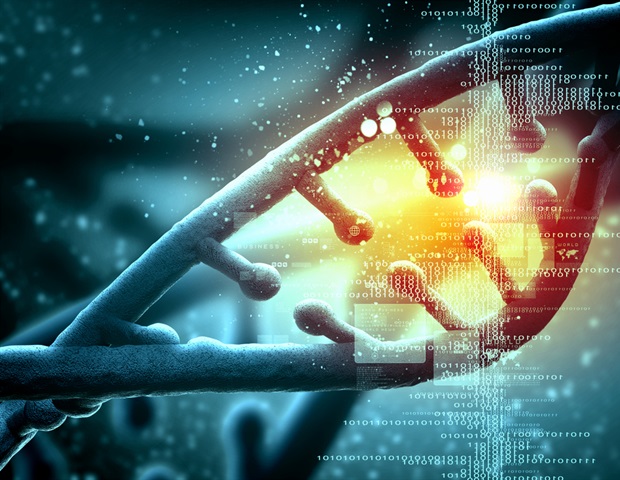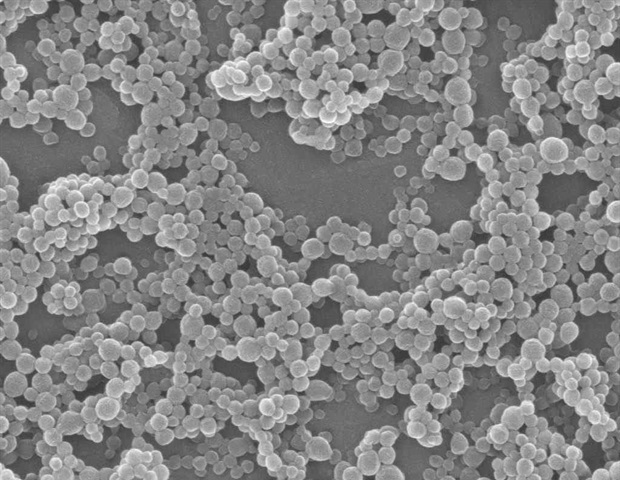ParAqua COST Action, which gathers researchers, innovators, and producers of microalgae across Europe and beyond, have started the development of an interactive database on zoosporic algae parasites. In addition to the interactive database, the network is currently preparing a booklet that will serve as a guideline for methods of early detection and monitoring of zoosporic parasites.
The results of this Action will fill the gap in knowledge about zoosporic parasites and help biotech industries that rely on the cultivation of algae, the “raw material of the next generation”, to significantly increase the biosecurity of algae, reduce losses, and strategically predict production.
The importance of algae and microalgae
Microalgae biotechnology plays an important role in the Bioeconomy Strategy and the Bioeconomy Action Plan outlined by the European Commission. The sector represents a large potential for an economy based on renewable sources.
Microalgae are a diverse group of autotrophic unicellular organisms (algae) that are considered a next-generation resource with enormous potential for commercial applications. In addition to being grown for food in aquaculture, their metabolites such as various pigments, bio stimulants, polyunsaturated fatty acids, enzymes and many other compounds are used today to produce high-value products in the food, pharmaceutical, cosmetic, biofuel and other industries.
Moreover, the production of the latest generation of biofuels, the third and fourth, relies entirely on microalgae. High growth rate, simplicity of the cultivation process, the possibility of production throughout the year in large outdoor systems and photobioreactors, minimal water consumption, low production costs and reduction of atmospheric CO2, are their main advantages compared to other raw materials. Despite the great potential of producing high-value products using microalgae, many efforts are being made to lower costs and optimize their production.
Like any other living organism, algae are susceptible to parasite infections. Currently, zoosporic parasites represent a major threat to industrial production of microalgae. Some of these small parasites, fungi and fungal-like aquatic microorganisms are well known in the natural environment, where many of them have beneficial roles. However, very little is known about their impact on algae cultivation.
The algae have just recently become an increasingly important raw material in biotechnology. In this context, detecting and describing algal parasites and learn how to prevent losses at very early stage is relevant in the monitoring process.
The network will be able to prevent losses in the mass production, ensure adequate quantities of this high-value raw material and thus, support biotechnology industries to reach safe algae production.
ParAqua progress
The network met in July this year during a workshop held in Lanarca, Cyprus, to collect and integrate all available information on the occurrence and drivers of zoosporic parasites.
This sets the path to start working on the development of an interactive database on Zoosporic parasites.
The workshop was organized by I.A.CO Environmental & Water Consultants Ltd, a leading Environmental & Water Consultancy company based in Cyprus, providing high-quality services and independent advice and support to its clients and partners.
The workshop was chaired by Ilaria Rosati and Andrea Tarallo from the National Research Council of Italy (CNR) in charge of several aspects of management within LifeWatch Italy. LifeWatch Italy is the Italian node of LifeWatch ERIC and linked the Action with the prestigious European Research Infrastructure Consortium which tackles the constraints affecting biodiversity and ecosystem research.
During the meeting, ParAqua members established a joint strategy and formed three main working groups, each actively working to collect three different types of data: parasite occurrence, influence of environmental variables on parasite growth, and trait data.
Participants from COST and LifeWatch Italy have coordinated the activities and mapped the existing information of on zoosporic parasites collected to share it with end users through an easy access interface.
The next step will be the workshop ‘ParAqua Data Management Plan’ scheduled in November 2022 when they meet again in order to evaluate the outcome of activities and start drafting the Data Management Plan.
In addition to the database, ParAqua network also started working on the booklet that will serve as a guideline for methods of early detection and monitoring of zoosporic parasites.
The booklet will be published in Open Access and will also contain protocols, recommendations, and practical advice on techniques for the identification and quantification of parasite infections. This will help the algae farming industry to carry out early detection of zoosporic parasites and thus perform appropriate health management of the algae culture and ultimately reduce losses.
More information about ParAqua
ParAqua COST Action is an interdisciplinary collaborative network gathering 78 experts and researchers from 32 countries. ParAqua is an open network connecting academia, industries, and water management authorities to help solving bottlenecks in this area of biotechnology.
Source:
European Cooperation in Science and Technology (COST)






